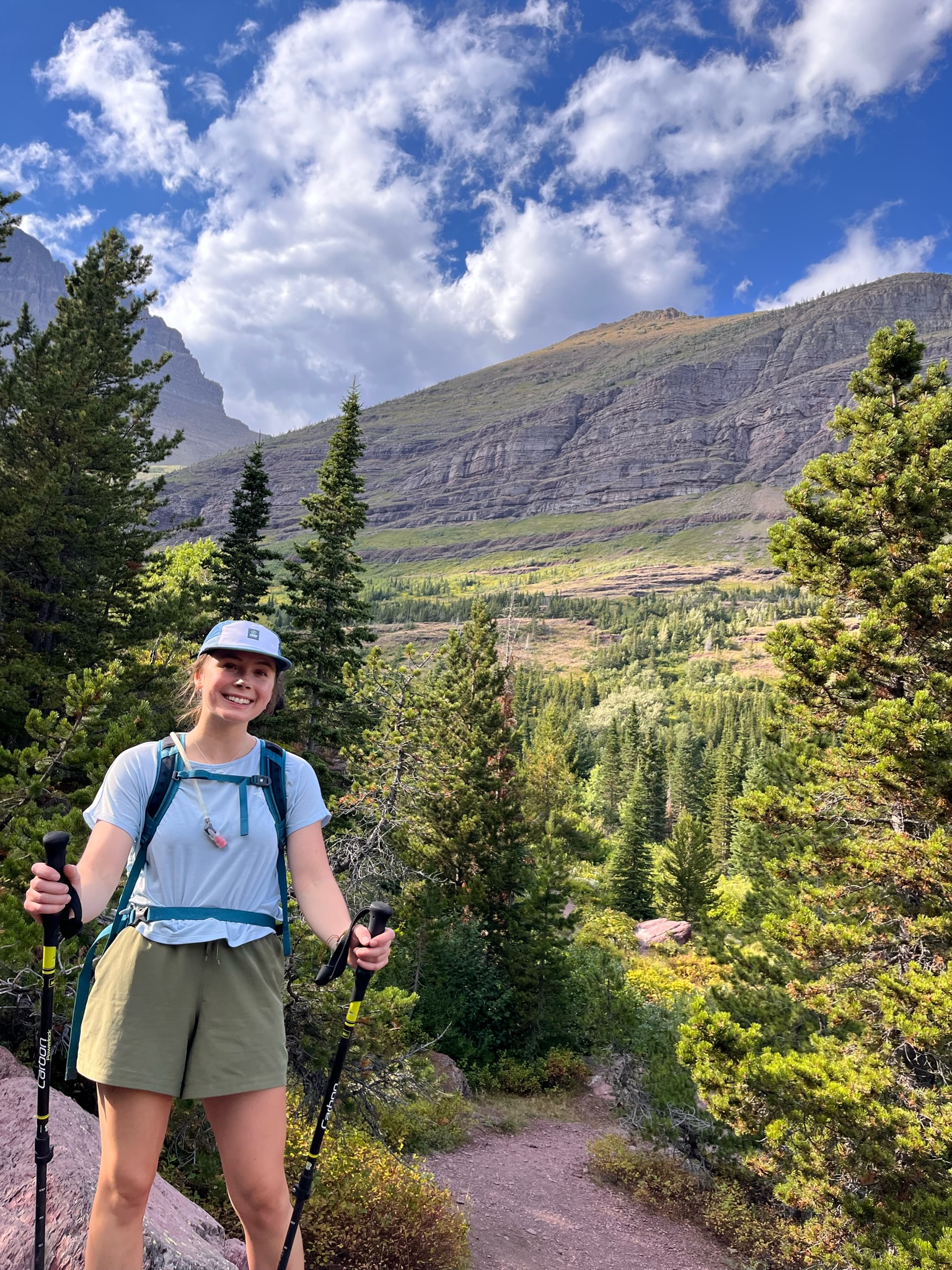Team
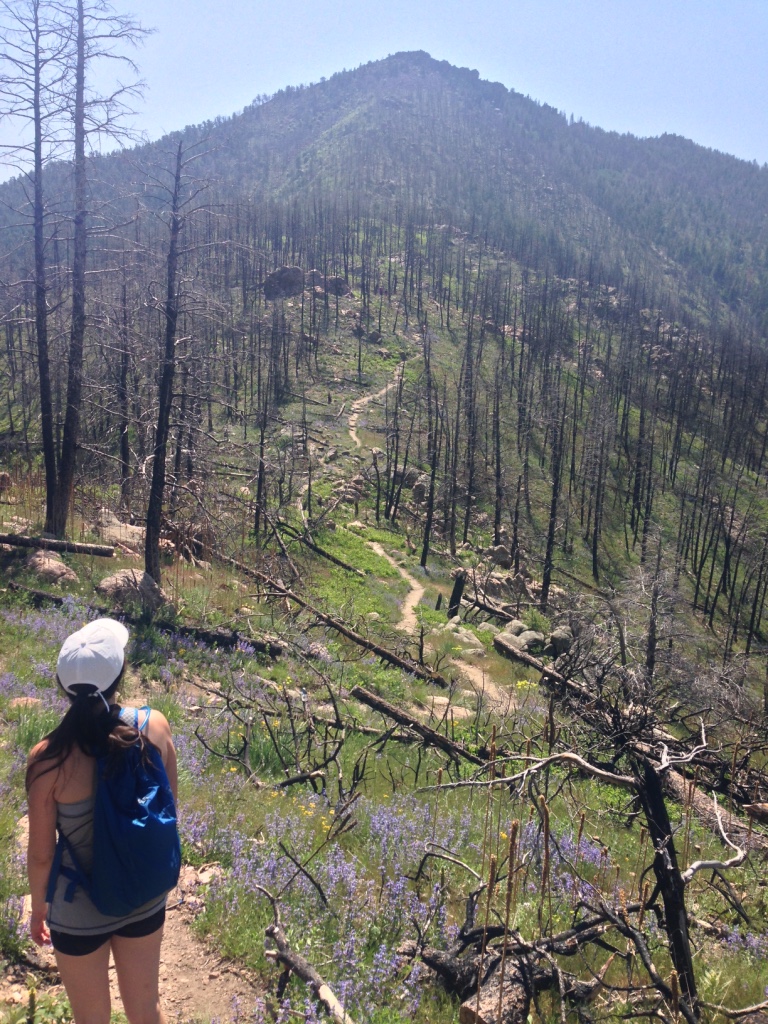
Dr. Amanda (Mandi) Hohner is an Assistant Professor in Civil Engineering and leads our group. Prior to joining Montana State University, she worked as an Assistant Professor at Washington State University (Fall 2016-Summer 2022). She studies wildfire-affected watersheds and also examines the impact of nutrient releases on drinking water supplies. Her projects are often in collaboration with water utilities and regulatory agencies concerned about source water quality changes associated with extreme weather events and climatic pressures. She also worked in industry as a Civil Engineer with Black & Veatch in Portland, Oregon and at the City of Spokane Water Reclamation Facility.
For fun and to clear my head, we like to spend time outdoors, hiking and running with our pup. In the winter, we cross‐country ski around where we live, and in the summer we head to the lake to go stand‐up paddle boarding
Contact:
Cobleigh Hall
Office: 222
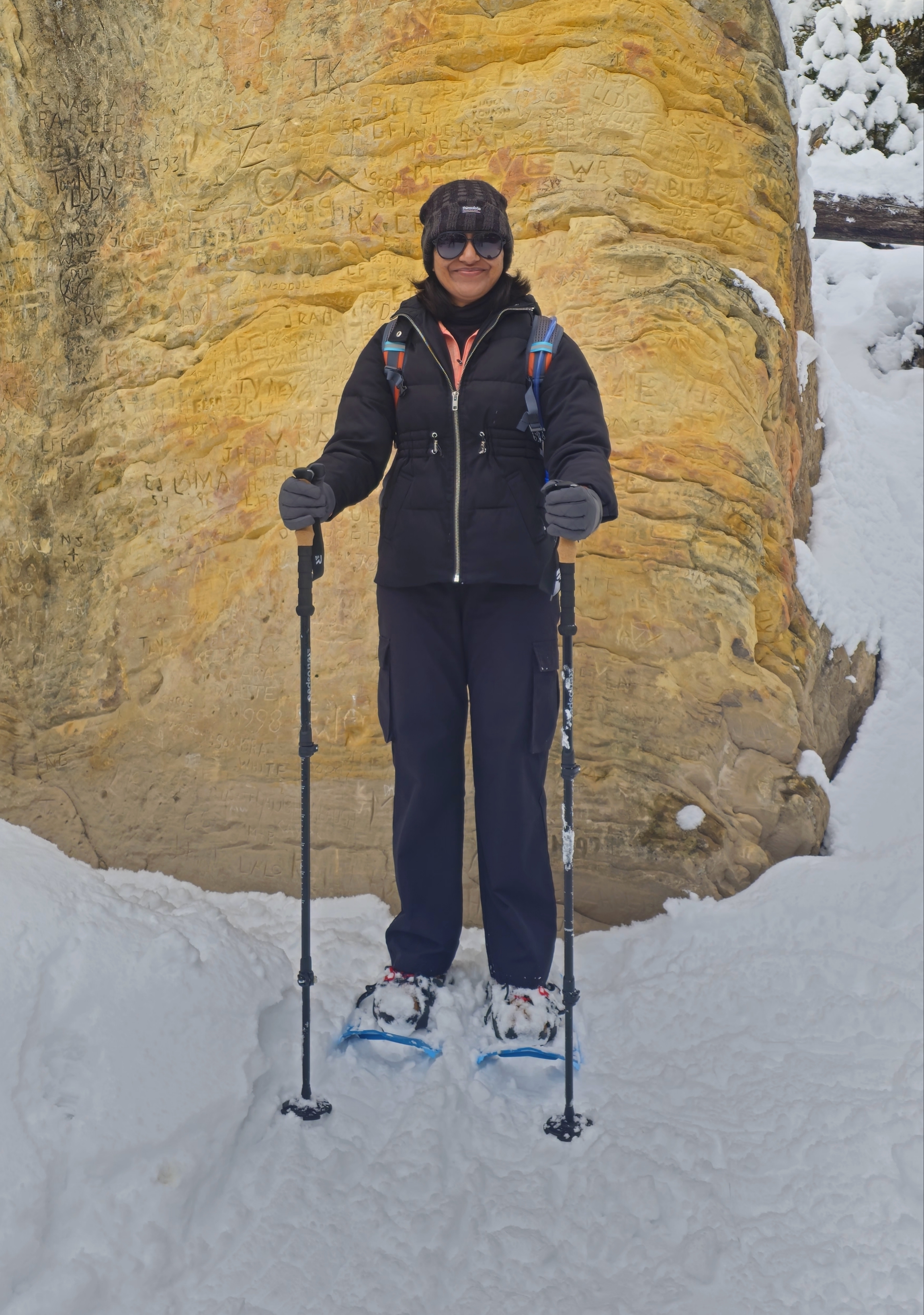
Samanthi Wijerathna is a Ph.D. student in Environmental Engineering at MSU and joined our research group in January 2023. She received both her bachelor's degree in civil engineering and her master’s degree in environmental & water engineering from the University of Peradeniya in Sri Lanka. Her research focuses on assessing the impacts of recent wildfires in the Pacific Northwest on surface water quality and drinking water treatment facilities, specifically focusing on the wildfires in the McKenzie River basin in Oregon State.
When she's not busy with schoolwork, she loves reading fiction and biographies. She also finds joy in going on adventures in the great outdoors. During the summer, she often explores the mountains through hiking and camping, while in the winter, she enjoys snowshoeing.
Contact:
Cobleigh Hall
Office: 402
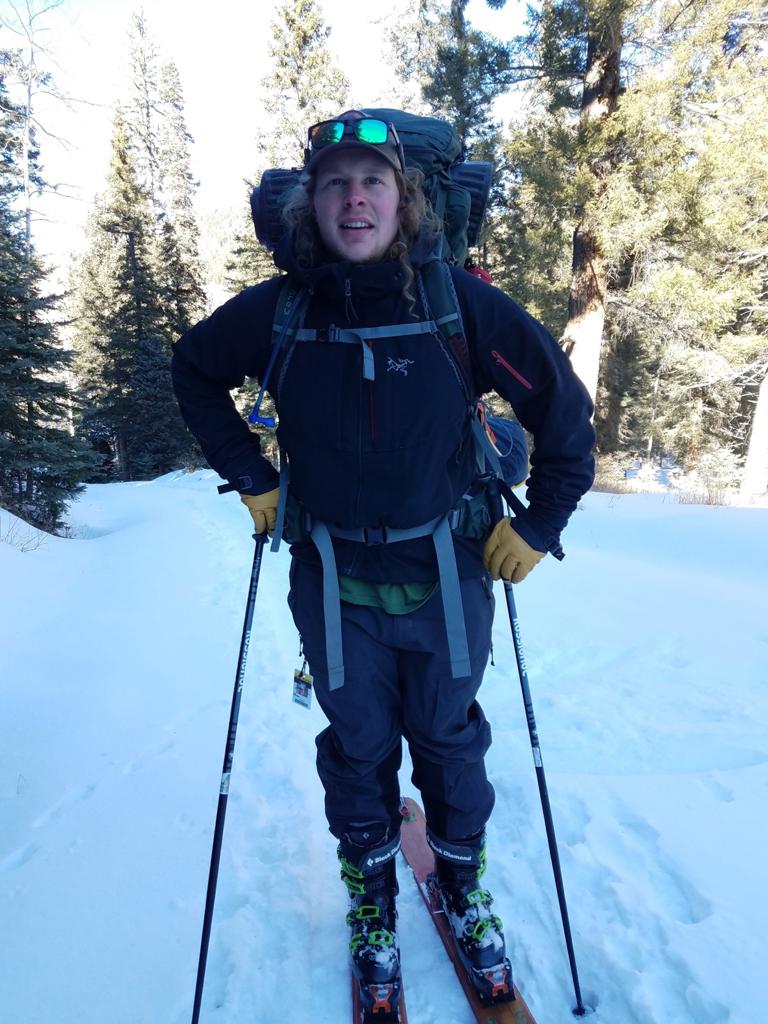
Jack Heneghan is an MS student in Environmental Engineering at MSU and joined our research group in January 2023. Jack completed his BS in Environmental Biology at MSU in 2018. After receiving his degree, he worked in environmental consulting and reclamation for the oil and gas industry before accepting a position in the Earth and Environmental Sciences Division at Los Alamos National Laboratory. While at Los Alamos Jack studied the interactions between plants, soil, and the soil microbiome to improve the tolerance of crops critical for national food security to stressors such as drought. His research in the Hohner Lab is focused on the removal of cyanotoxins from drinking water sources affected by recent wildfires.
Outside of school, Jack enjoys skiing, mountain biking, paddling, hiking, woodworking, cooking, sewing/making his own gear for all those activities, and spending as much time with his wife and two dogs as he can.
Contact:
Cobleigh Hall
Office: 402
Caroline Martin is an MS student in Environmental Engineering at MSU and joined our research group in August 2023. She received her bachelor's degree in environmental science from the University of Vermont. Her research focuses on assessing the impact of wildfires on drinking water treatment plant operations by creating a framework for assessing treatment plant vulnerability post-fire and evaluating the effects of wildfires on treatment plants that rely on groundwater sources.
Lab Alumni and Graduates
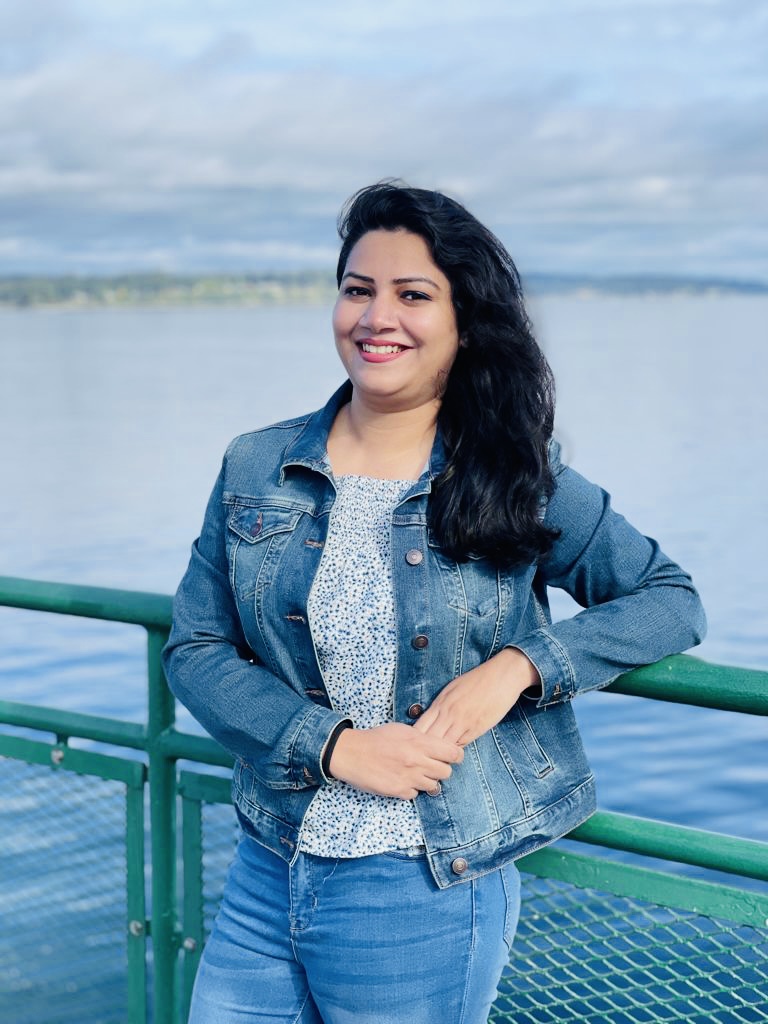
Mrittika Rodela was a postdoctoral scholar in the Civil Engineering department at MSU from September 2023 to August 2024. Currently, she is working as an Assistant Professor at Montana Tech University in the Environmental Engineering Department. She received her Ph.D. in Civil Engineering from Washington State University (WSU) in August 2023 under the supervision of Dr. Amanda Hohner and Dr. Indranil Chowdhury.Her research focused on the physicochemical characterization of wildfire ash particles in source waters and the mechanisms for ash removal by drinking water treatment processes. Prior to joining our group, Mrittika was an instructor at Washington State University in Fall 2022, and mentored two REU students in Summer 2023 along with her research. Mrittika received the distinguished Suksdorf fellowship for her outstanding academic achievement. She was awarded the best dissertation of 2023 at the Department of Civil Engineering at WSU. She has demonstrated her praiseworthy leadership at the Civil Engineering Graduate Club (CEEGSA) as president during her 2021–23 tenure. She received a B.S. in civil engineering from the Bangladesh University of Engineering and Technology (BUET). Before coming to the U.S., she was a lecturer at Sonargaon University in Bangladesh.
In her free time, she loves exploring new places with friends and family. She also enjoys cooking and baking, always eager to whip up new and delicious treats.
Contact:
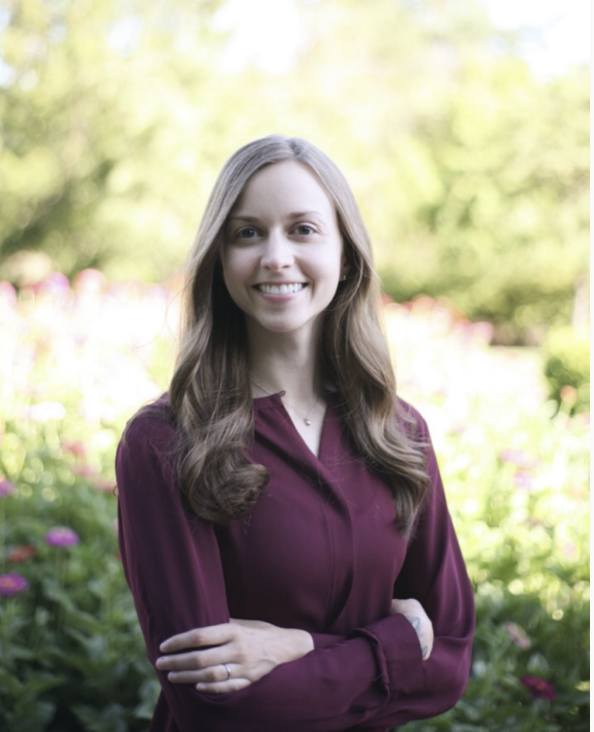
Lauryn Guerrissi graduated from Washington State University in Fall 2022 and received a M.S in Environmental Engineering under Dr. Hohner's supervision. She joined Dr. Hohner's lab in January 2021. Her research focused on wastewater reuse systems with emphasis in water quality characterization and nutrient recovery processes.
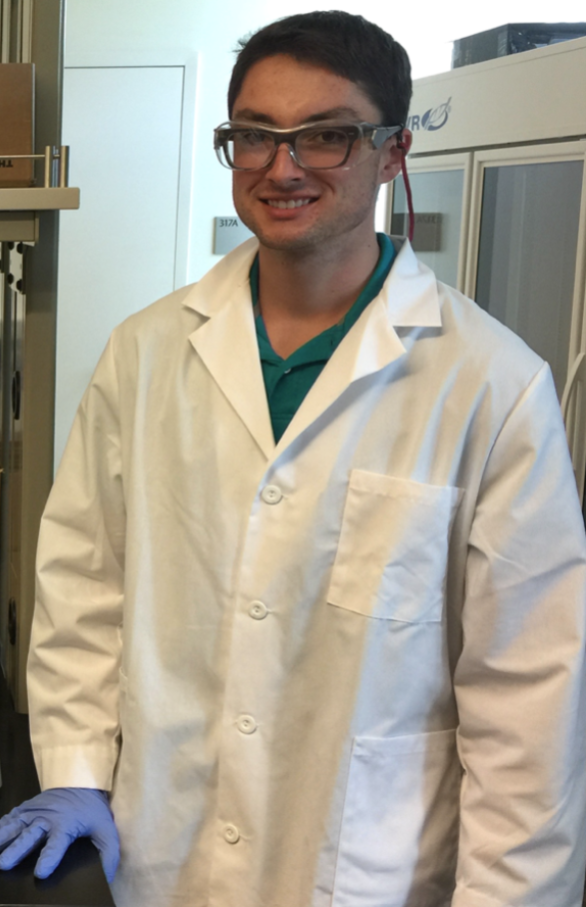
Austin Pelletier graduated in 2019 from Washington State University and received his MS in Environmental Engineering under Dr. Hohner's supervision. His research focused on innovative physio-/electro-chemical systems for the in situ remediation of co-contaminated surface soils, in the context of practical application. He now works as an Environmental Engineer with RH2 Engineering in Richland, WA.
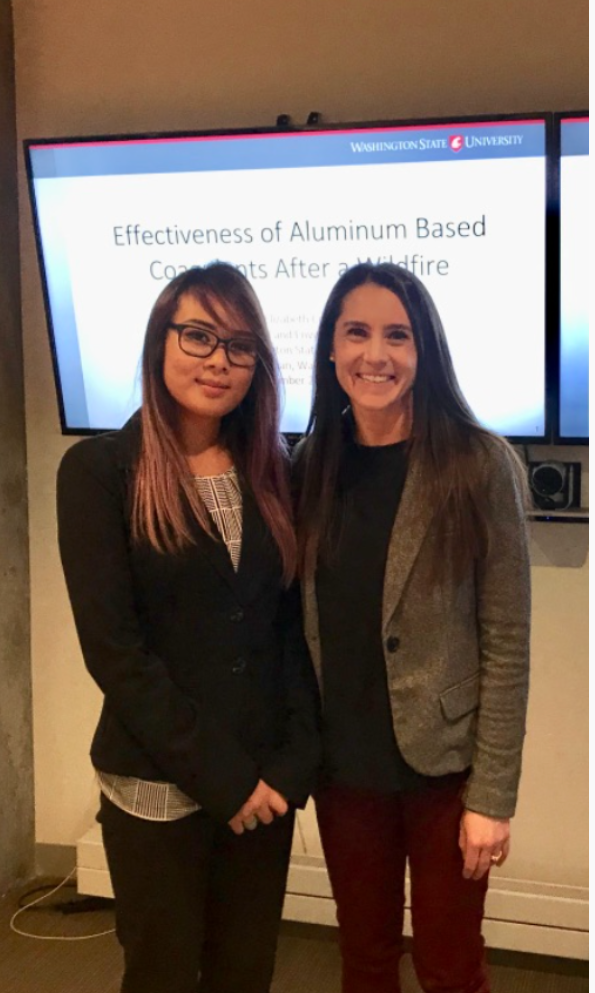
Elizabeth Crain graduated in 2019 and received her MS in Environmental Engineering from Washington State University under Dr. Hohner's supervision. Her research evaluated the use of different coagulants to address post-fire changes in water quality.

